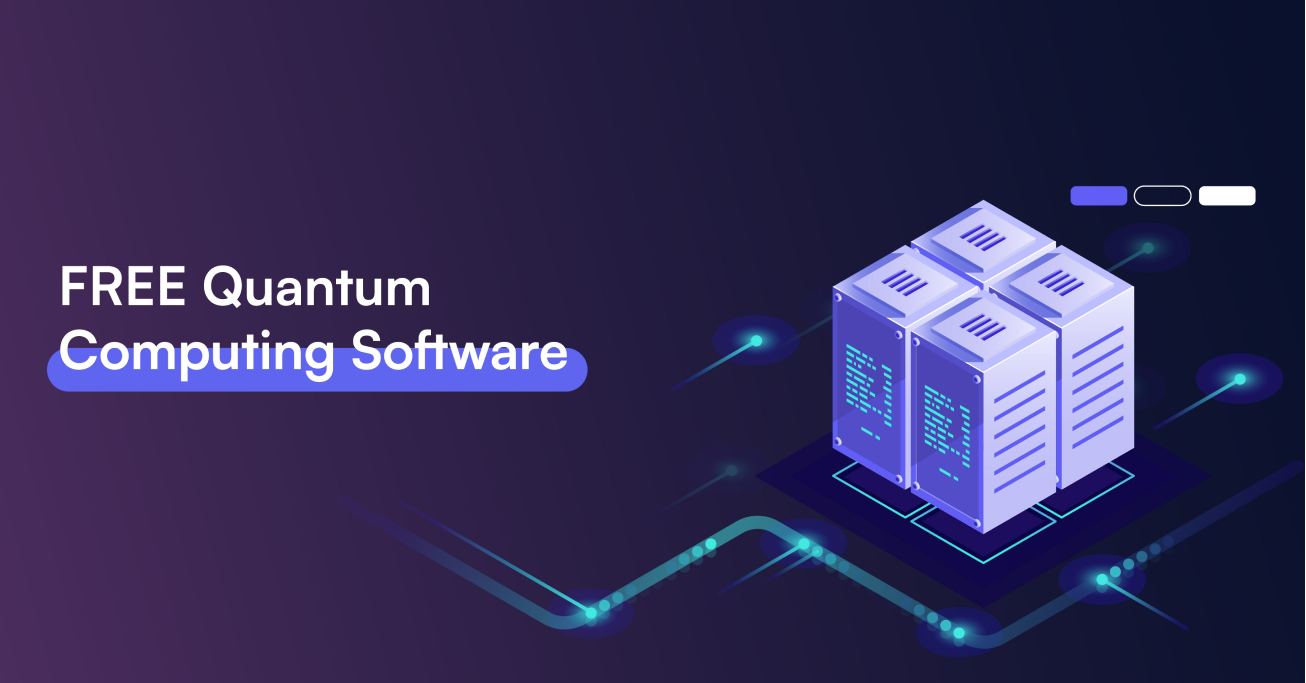As we stand at the precipice of a new era in computing, quantum technologies promise to revolutionize how we process information. However, a pertinent question emerges: what foundational software frameworks are requisite for harnessing the untapped potential of quantum mechanics in computational applications? Exploring this corollary divulges a plethora of platforms, each offering unique functionalities, tailored to grappling with the peculiarities of quantum computation.
The realm of quantum computing is inherently complex, characterized by phenomena such as superposition and entanglement. Thus, the software designed to exploit these features must comprise robust architectures capable of accommodating quantum bits, or qubits. Below, we delineate a compendium of pivotal quantum computing software platforms that serve as the bedrock for myriad quantum applications.
1. Qiskit
Qiskit, an open-source quantum computing framework developed by IBM, provides a comprehensive suite for quantum programming. This software enables users to construct quantum circuits using Python, embarking on a trajectory of facilitating hybrid quantum-classical algorithms. Its architecture is disaggregated into constituent elements, including Qiskit Terra, Aer, Ignis, and Aqua. Each segment addresses diverse operational needs, such as circuit creation, simulation, error mitigation, and quantum applications in machine learning and optimization. The playful challenge with Qiskit lies in mastering its extensive functionalities, which may initially overwhelm novice programmers.
2. Cirq
Developed by Google, Cirq constitutes another prominent player in the domain of quantum computing software. This Python library is tailored for the creation and simulation of quantum algorithms with a key emphasis on near-term quantum devices. Cirq integrates seamlessly with Google’s quantum processors, fostering an environment for running quantum circuits with optimization strategies specific to noisy intermediate-scale quantum (NISQ) devices. Interestingly, Cirq introduces a uniquely modular approach to circuit design, posing a challenge in balancing flexibility with complexity. Users must grapple with the delicate interplay between optimization and the inherent constraints of practical quantum hardware.
3. Rigetti Forest
Rigetti Computing’s Forest is another noteworthy contender. It offers a suite of tools for quantum programming, integrating a cloud-based quantum computing environment with classical computing resources. Forest’s core component, Quil (Quantum Instruction Language), permits users to engage in high-level programming while also employing quantum virtual machines for testing algorithms. The challenge presented by the Forest environment is the synchronization of classical and quantum operations, demanding a nuanced understanding of both computational paradigms. For researchers and practitioners, mastering Quil is indispensable for optimizing quantum computations.
4. Microsoft Quantum Development Kit (QDK)
Microsoft’s Quantum Development Kit is replete with an array of tools, including the Q# programming language, which is specifically designed for quantum algorithm development. The QDK encompasses libraries and simulators, offering a fertile ground for exploring quantum computing concepts. One aspect that poses a challenge is the abstraction level of Q#, which requires adept understanding for effective utilization. The challenge is not merely solving a mathematical problem but redefining computation itself within a quantum framework, necessitating a paradigm shift for many traditional programmers.
5. PennyLane
PennyLane, developed by Xanadu, presents an intriguing platform focused on quantum machine learning. It harmonizes classical and quantum computations, enabling users to construct quantum neural networks and apply hybrid quantum-classical workflows. The challenge embedded within PennyLane lies in its introduction of quantum differentiable programming, which is still an esoteric notion for many. As industries pivot towards incorporating quantum capabilities within their AI frameworks, understanding these principles becomes paramount for engineers and researchers alike.
6. Ocean by D-Wave
D-Wave’s Ocean software suite stands out as it caters to the niche of quantum annealing. It enables developers to craft applications that utilize the unique strengths of D-Wave’s quantum annealers, particularly excelling in optimization problems. Users must confront the challenge of formulating problems that are amenable to quantum annealing, which diverges from conventional quantum circuit programming. The nuances of mapping classical optimization problems to D-Wave’s framework introduce layers of complexity that invite deep theoretical inquiry and practical experimentation.
7. ProjectQ
ProjectQ is an open-source framework that emphasizes the development of quantum algorithms in a comprehensive and modular way. It boasts the ability to compile quantum algorithms from a high-level language to executable instructions for various quantum hardware platforms. The challenge with ProjectQ lies in its design philosophy, which encourages experimentation at all phases of quantum computation. Users must navigate between the intuitive graphical representations of quantum circuits and the underlying complexities of the compilation process to effectively leverage the capabilities of this versatile platform.
As researchers scramble to unlock the transformative power of quantum computing, the question of which software to employ remains inherently contestable. The brief exploration of these quantum software platforms elucidates the confluence of challenges and opportunities inherent in the quantum realm. As quantum technologies continue to burgeon, effectively synergizing theoretical insights with practical implementations will be essential for advancing this nascent field. Ultimately, the choice of software not only influences the direction of research but also delineates the boundaries of what is conceivable in the quantum computing landscape.










